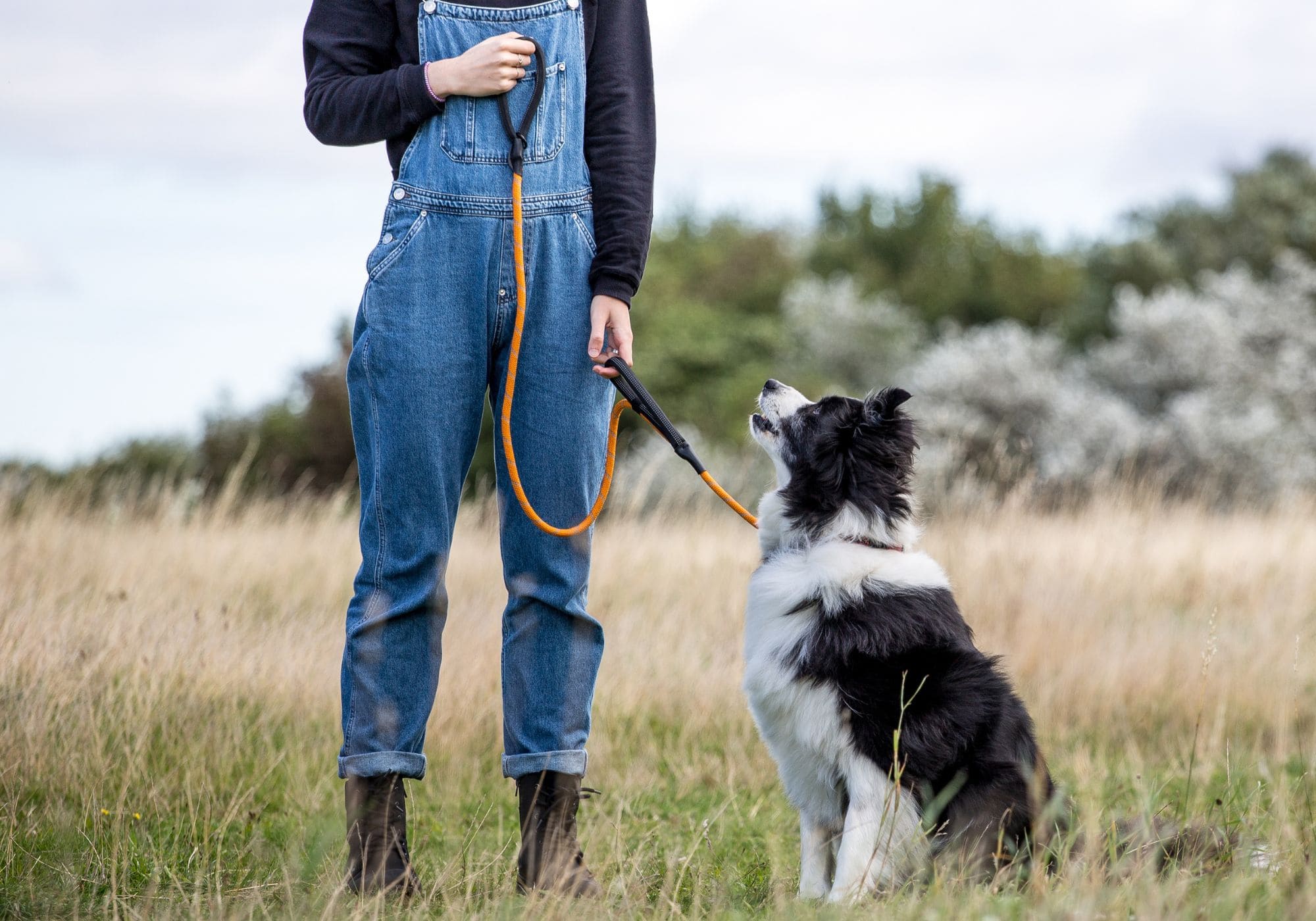What Are the Most Common Health Issues That Affect Dogs and How Can I Prevent Them?

As dog owners, we want our furry friends to be happy and healthy for as long as possible. However, just like us, dogs experience various health issues that affect their life quality. As a concerned dog parent, you may be asking, “What are the most common health issues that affect dogs and how can I prevent them?”
The most common health issues that affect dogs are obesity, ear infections, and gum diseases. You can prevent these health issues by not overfeeding the dog, cleaning its ears and brushing its teeth regularly, or using chlorhexidine gels. These approaches will keep the above health issues at bay.
In the rest of this article, I’ll dive deeper into the most common health issues that affect dogs, their causes, and how to prevent them. From this discussion, you’ll have a better understanding of how to keep your dog healthy and happy. Let’s dive in!
How Do We Know the Most Common Health Issues in Dogs?
Before trusting any health advice, it’s essential to confirm the information source and ensure it’s reliable.
To identify the most common health issues in dogs, we must look at studies conducted by veterinarians and researchers. These experts have analysed thousands of cases and can provide an accurate picture of what happens to our four-legged friends.
For our case, we analysed a study conducted by the Royal Veterinary College in conjunction with the U.K. Kennel Club in 2021 with more than 22,000 dogs through the VetCompass.
By analysing data from VetCompass, we came up with a list of the most common health issues that affect dogs. Therefore, you can rest assured that the information below is accurate and reliable.
1. Gum Disease

Gum disease is the leading health problem that affects dogs. It’s caused by tartar and plaque buildup in the dog’s mouth. Plaque and tartar contain bacteria that eventually lead to gum disease.
According to the data from VetCompass, the prevalence of gum diseases among the sampled dogs stood at 12.5 per cent.
What does this mean to you as a canine parent?
It means your fur baby risks developing gum disease if you don’t take the necessary measures.
Needless to say, most people take periodontal diseases in dogs lightly; it's worth noting they can severely impact your dog's health if not addressed urgently.
Some health issues attributed to gum diseases in dogs include tooth abscesses, eye diseases, a high risk of organ failure, oronasal fistulas, and oral cancer.
Here are some symptoms your dog will display when affected by gum disease:
- Pawing at the face
- Bad breath
- Bleeding gums
- Dribbling
- Loss of interest in chew toys
How to Prevent Gum Disease in Dogs
As usual, prevention is better than cure.
To prevent gum disease in your pup, aim at preventing the formation of plaque and tartar on its teeth. The best way to do this is by brushing the dog's teeth regularly with pet toothpaste and a brush.
Besides brushing, make use of oral hygiene products such as chlorhexidine gels.
Regular dental check-ups are also crucial for the early detection of health issues before they get out of hand.
2. Ear Infections (Otitis Externa)
Ear infections take the second position among the most common health issues that affect dogs. It has a prevalence of 7.3 per cent.
Otitis Externa occurs when bacteria or yeast enters the ear canal and starts to grow, thus causing inflammation in the affected area. It's an uncomfortable condition that affects dogs due to their long and floppy ears.
Some of its symptoms include:
- Shaking of the head
- Redness in the ear
- Swelling, discharge from ears
- An unpleasant smell from the ears
How to Prevent Ear Infections in Dogs
Maintaining ear hygiene is the most effective way to prevent ear infections in dogs. A simple way to do that is by filling both ears' canals with an ear-cleansing solution and then gently massaging the base of the ear for about two minutes.
After that, use cotton pads or cotton balls to wipe off the wax and dirt from inside the ears.
If your dog’s ears are particularly dirty, you should take them to a vet for cleaning, as this will help avoid any health complications associated with ear infections.
You should clean the dog's ears weekly or once every two weeks.
3. Obesity

Obesity in dogs is rising at an alarming rate. According to the Morris Animal Foundation, 56% of dogs are obese.
Obesity can lead to many health issues, such as diabetes and heart disease. It can even cause respiratory problems and joint pain in extreme cases.
The symptoms of obesity are pretty obvious: your dog will be chubby with a large waistline or tummy. Apart from that, you’ll notice excessive panting and lethargy.
How to Prevent Obesity in Dogs
It's essential to feed your dog healthy food. You can ask your vet to help you choose an appropriate food.
A rule of thumb is to reduce your pup's daily calories. You should also eliminate hazardous human food and table scraps.
What's more?
It's crucial to maintain a regular exercise routine for your pup. A 30-minute walk every day is excellent for keeping the dog fit and active.
4. Skin Issues
From itching and scratching to flaky skin, the prevalence of skin issues in dogs can't be whisked away. It affects most dogs due to hormonal imbalances, poor hygiene, fleas, and allergies.
Itchiness is the most common skin issue in dogs. If left unchecked, it can lead to bacterial or fungal infections in pooches as well as hair loss and hot spots.
Some of its symptoms include:
- Scratching
- Biting
- Skin redness
- Scabs on the head or neck area
How to Prevent Skin Issues in Dogs
Here are the four ways to prevent skin diseases in dogs:
- Good nutrition: Provide a balanced meal rich in zinc, omega 3, and 6.
- Proper grooming: Grooming your dog keeps fleas, ticks, and infections away. Remember to use an appropriate brush for your type of dog. If you don't know which brush to use, Sweetie has the answer.
- Keep the fur dry: Wet fur is an inviting bed for bacterial and fungal infections. You should wipe the dog's fur thoroughly after a bath.
- Regular check-ups: Take your pup to the vet for regular health check-ups. This way, any signs of skin issues can be discovered and treated accordingly.
5. Diarrhoea
Diarrhoea or loose stool is a common health issue among dogs. It's caused mainly by consuming spoiled food, garbage, a change in diet, parasites, and food allergies.
The symptoms of diarrhoea include:
- Watery stools
- Gas and bad breath
- Vomiting
- Inappetance
How to Prevent Diarrhoea in Dogs
The best way to avoid diarrhoea in dogs is by feeding the pup a healthy and balanced diet. Avoid giving them too much processed food, table scraps, or garbage.
It's also essential to practise good hygiene habits when handling your pup’s dishes and food bowls. Similarly, remember to clean the dog's mouth after meals to avoid bacterial growth.
A point worth noting is that transitioning to new dog food can cause diarrhoea and vomiting. Therefore, it's advisable to spread the transition over one to two weeks, increasing the portions gradually.
Finally, if the issue persists, your canine friend might be suffering from a parasite infection. In this case, you should get it treated by the vet immediately to avoid further complications.
6. Lameness
You've probably noticed your pup limping sometimes–it's always a melancholic situation.
Lameness in dogs may arise from arthritis, injuries, trauma, or bone disease. It can also be brought on due to ligaments and tendon infections.
Lameness is usually accompanied by pain, swelling, warmth, and stiffness.
Symptoms of lameness include limping and difficulty in walking. The affected area will also be painful when touched or moved.
How to Prevent Lameness in Dogs
There are several ways to prevent lameness in your pup:
- Maintain a healthy weight: Overweight dogs experience more joint pain, so it's vital to keep their diet in check and ensure they're not overfeeding.
- Stay active: Regular exercise is vital for maintaining canine health. Make sure you take your dog out for daily walks and playtime activities.
- Regular vet check-ups: Detecting and treating lameness in its early stages is much easier. Thus, visiting the vet for regular health check-ups can help diagnose underlying issues before they become serious.
- Provide a comfortable bed: Dogs with joint pain need a soft yet supportive bed so their bones and muscles can relax.
Final Thoughts
Being a responsible pet owner means taking proactive steps to prevent common health issues that can affect your dog.
By staying up-to-date with veterinary check-ups, providing a healthy diet and regular exercise, and being mindful of potential hazards in your home, you can help your dog to live a long and healthy life.
Disclaimer: This article provides general information and should not be considered a substitute for professional veterinary advice, diagnosis, or treatment.






Leave a comment